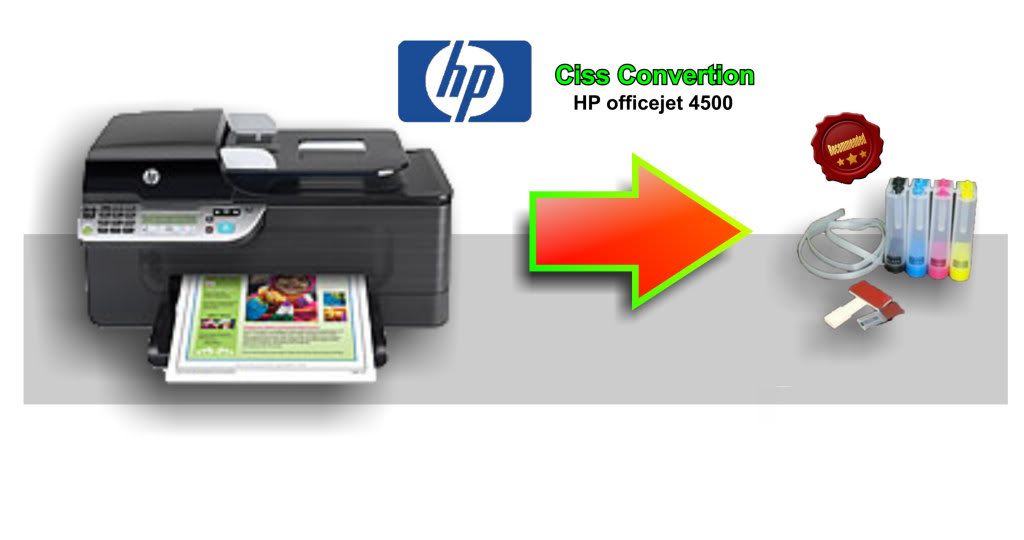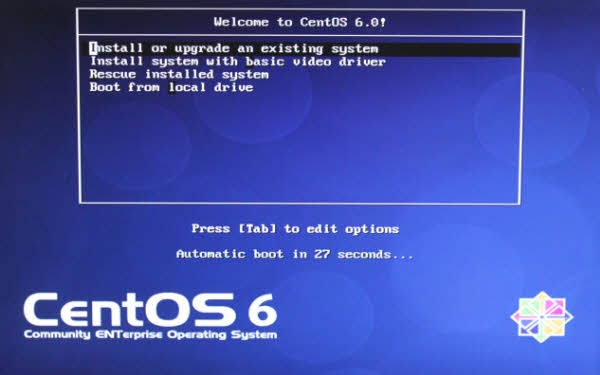Hp Smart Array Linux Installation Introduction
- Hp Smart Array Linux Installation Introduction To Sociology
- Hp Smart Array Software Download
- Linux Installation Procedure
- Redhat Linux Installation
LINUX: restore system with mondorestore utility (part of mondorescue package) on HP Smart Array Controller. Home; LINUX: restore system with mondorestore utility (part of mondorescue package) on HP Smart Array Controller.
Installing HP Array Configuration Utility (HP ACU) on Ubuntu. Install the HP Linux Repository. Smart Array P410 in Slot 3. Enabling multipath features for the Installation partitions on SAN with HP Smart Array p700m controller is supported only on SLES 10 SP2/SLES 11 operating system and above. Refer to the.

Your Red Hat account gives you access to your profile, preferences, and services, depending on your status. An Introduction to HP Smart Array CCISS/HPSA drivers. Red Hat Enterprise Linux 6; cciss driver; hpsa driver; HP Smart Array backplane raid controller; Subscriber exclusive content. HP ProLiant Servers Troubleshooting Guide. Drive, memory, expansion board and processor installation instructions, and. Fault on a hard drive managed by an HP. This document describes how to effectively use HP ProLiant systems with Debian GNU/Linux. It includes details on installation, firmware upgrades, remote management, and system monitoring. Introduction HP sells 'PC servers' that use Intel (ia32 and em64t) and AMD (amd64) processors under the 'ProLiant' brand name. HP Smart Array.
I am trying to install the latest release (10.04) of Ubuntu server. Hardware is a brand new HP Proliant DL380 G6 with four SAS hard drives at 146 GB each. I want to run RAID5 or similar with one spare disk.Since linuxinstallations are not my best area of knowledge I got stuck.
 First attempt I just run the installation, choosed the 440 GB harddrive in the partitioning part of setup for installation and went on. All went fine until setup was done and server rebooted, it then stopped without any message in the beginning then trying to find bootable devices (I.e., it did not find the Ubuntu installation at all I think).
First attempt I just run the installation, choosed the 440 GB harddrive in the partitioning part of setup for installation and went on. All went fine until setup was done and server rebooted, it then stopped without any message in the beginning then trying to find bootable devices (I.e., it did not find the Ubuntu installation at all I think). So after some reading I decided to go for software raid. I went into disk manager at BIOS (F8) and deleted the array so that I should be presented with four 146 GB disks during setup. At least I thought. In the config application in BIOS the array was deleted and it says: 'No arrays definied'.
This time, at the partitioner during installation, still only one disk shows up. I'm trying to give you a 'screen dump' of the partitioner screen in the code section below.
Since it still tells me the disk is 440 GB (raid5 with 3 units x 146 GB) there are three cause for this:
1 I failed to delete the array in the BIOS setup of raid array
2. Ubunbu installation has automatically created it for me (hardware raid)
3. Ubunbu installation 'guess' I want i RAID5 with 3 units and have already done it for me with software raid.
Please guide me in the right direction.
Regards
Martin
I have a ProLiant DL360 G5. I would like to install Arch Linux onto this machine, but I'm experiencing the following difficulties:
How to Automatically Remove Unwanted Pre-Installed Software from Your Computer So you just bought a new computer and can’t wait to start using it right? So you fire up that bad boy eagerly awaiting the cool new features and instantaneous loading of programs with a single click of the mouse, but what do you get? List of installed programs on my computer. And regarding HP Recovery manager and the 'Re-install Software' option. I tried to open Corel VideoStudio Pro X3 also pre-installed and it wont run even if i am logged on as administrator. I right click on the program and select 'Run As Administrator' or use the 'All Programs' on the start menu and it just shows the hour glass for a few seconds. For you to have the best experience in the HP forum I would like to direct your attention to the HP Forums Guide: Learn How to Post and More. I understand that when you checked the Control panel/ programs and features, booking.com is not listed. HP PCs - Using Recovery Manager to Restore Software and Drivers (Windows 7). If the operating system in your computer changes or the HP Recovery partion is removed, then HP Recovery Manager is also removed and the steps in this document will not work. Look in the Factory installed programs list for the software program you want to.
I have booted Arch Linux installation CD, but I can't seem to access the hard drives (visibly, there are 6). There is a /dev/cciss/c0d0, but running fdisk c0d0; yields 'fdisk: cannot open c0d0: No such device or address'. There is /dev/sda{,1,2}, but they correspond to the installation media. There are no /dev/hd*. dmesg grep -i cis yields 'HP CISS Driver (v 3.6.26)' and 'cciss 0000:06:00.0: cciss0: <0x3230> at PCI 0000:06:00.0 IRQ 24 using DAC'. lspci yields 'RAID bus controller: Hewlett-Packard Company Smart Array Controller (rev 04)'.
Hp Smart Array Linux Installation Introduction To Sociology
I have no experience with ProLiant (or even other 'server room'-type machines). Also, this is a used machine, and I don't have access to the original owners/configurators. One of the hard drives has an orange light showing on it in the front..should I take it out?
Based on my reading, the smart array drivers have been included in the linux kernel for a while now, but perhaps I need some drivers anyway?
Let me know if I need to provide any more information, and if you have any tips on getting archlinux installed onto this machine.
ewwhite1 Answer
I probably wouldn't be using ArchLinux, since as a distribution, it's not really in the realm of support of any of the hardware vendors I'm aware of. There are reasons Red Hat/CentOS, Debian and SuSE are vendor compatibility targets.
But the real issue here is the age of the server, coupled with the (presumed) newness of your ArchLinux distribution and kernel.
Hp deskjet 650c driver windows 7. HP Smart Array RAID controllers used the Linux cciss kernel driver for many years (~2001-2010). The corresponding block device was /dev/cciss/cXdY, where X is the controller, enumerated from 0 on, and Y the logical drive number.
This scheme changed with the introduction of the hpsa driver, which moved back to standard Linux SCSI /dev/sdX naming.
The newest Linux kernels have limited support for the older generation of HP controllers. See the following question:
In this situation, we need to know the health of your array. An orange or amber light indicates a failed disk. You can configure the RAID controller and logical drives at a basic level using the HP Option ROM Configuration for Arrays (ORCA). Press F8 when prompted during the server's POST process. Here's the related documentation.
In addition, you can use the offline HP Smart Storage Administrator or the HP Service Pack for ProLiant to run more initial configuration steps for the system and array. You'll also be able to update the system's firmware and a few other critical items if you use the latter.
Hp Smart Array Software Download
Either way, I'd remove the bad disk or work with the people who sold you the system to arrange for replacement. If the drive is failed, it won't be usable in the creation of a logical drive.